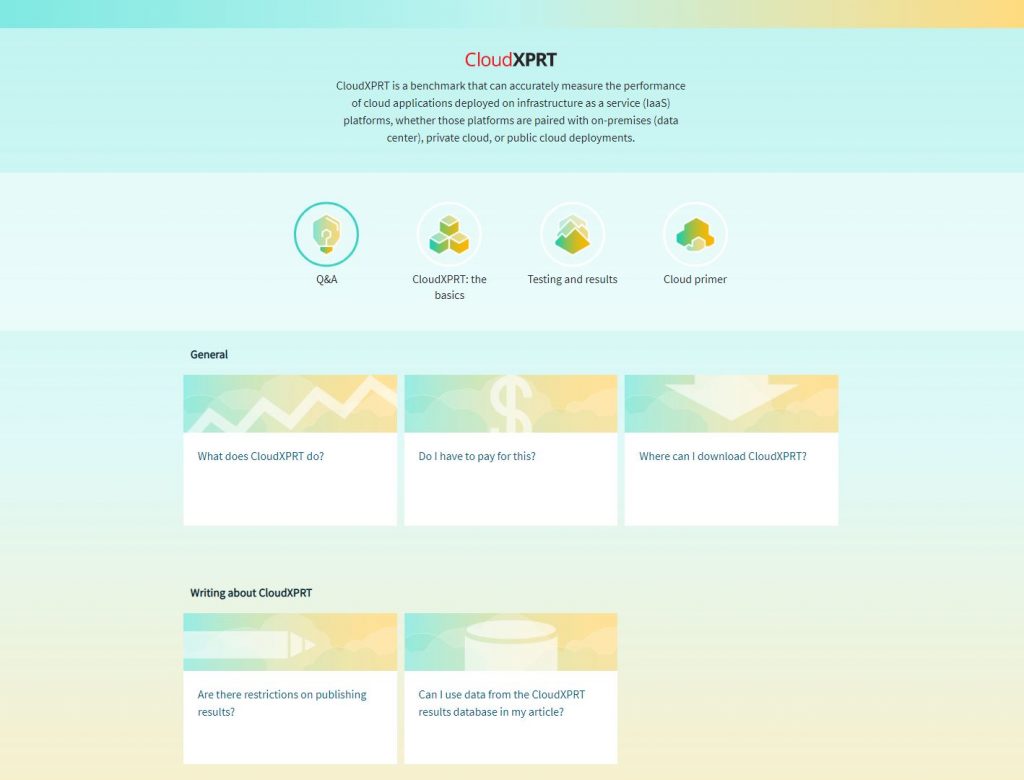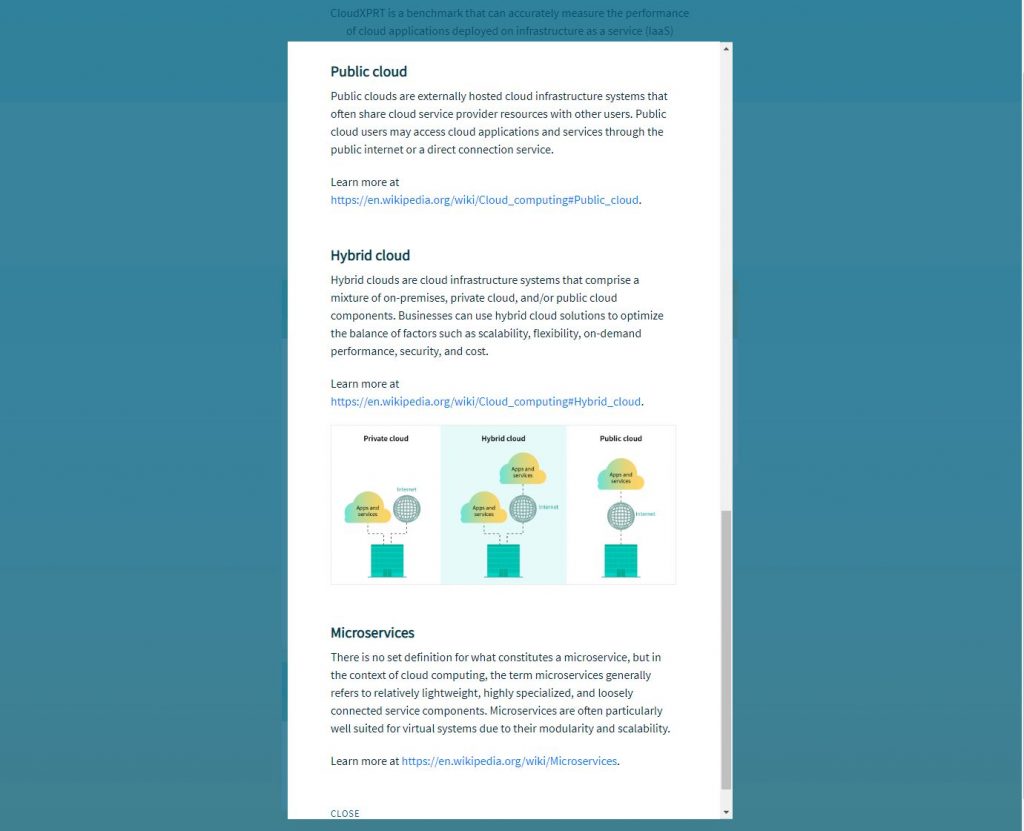In the coming months, we’ll be moving forward with the first stages of the WebXPRT 4 development process. It’s been a while since we last asked readers to send their thoughts about web technologies and workloads that may be a good fit for WebXPRT 4, but we’re still very much open to ideas. If you missed our previous posts about possible changes for WebXPRT 4, we recap the most prominent ideas below. We also request specific feedback regarding a potential battery life component.
- Community members have asked about a WebXPRT 4 battery life test. Any such test would likely be very similar to the performance-weighted battery life test in CrXPRT 2 (as opposed to a simple rundown test). While WebXPRT runs in almost any browser, cross-browser compatibility issues could cause a WebXPRT battery life test to run in only one browser. If this turned out to be the case, would you still be interested in using the battery life test? Please let us know.
- One of the most promising ideas is the potential addition of one or more WebAssembly (WASM) workloads. WASM is a low-level, binary instruction format that works across all modern browsers. It offers web developers a great deal of flexibility and provides the speed and efficiency necessary for running complex client applications in the browser. WASM enables a variety of workload scenario options, including gaming, video editing, VR, virtual machines, image recognition, and interactive educational content.
- We are also considering adding a web-based machine learning workload with TensorFlow for JavaScript (TensorFlow.js). TensorFlow.js offers pre-trained models for a wide range of tasks including image classification, object detection, sentence encoding, and natural language processing. We could also use this technology to enhance one of WebXPRT’s existing AI-themed workloads, such as Organize Album using AI or Encrypt Notes and OCR Scan.
- Other ideas include using a WebGL-based workload to target GPUs, and simulating common web applications.
We’ll start work on WebXPRT 4 soon, but there’s still time to send your comments and ideas, so please do so as quickly as possible!
Justin














